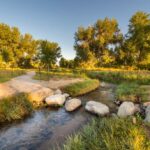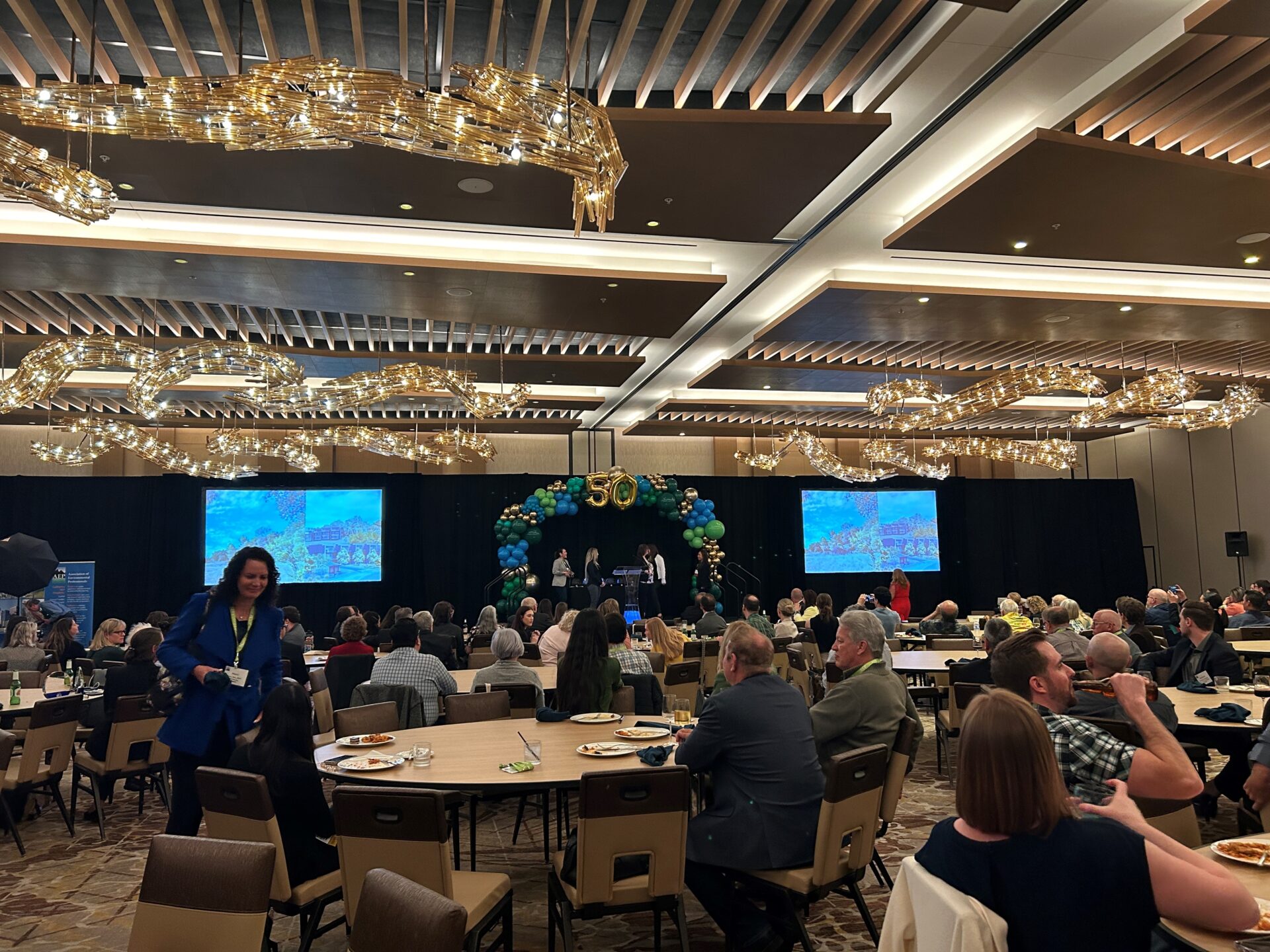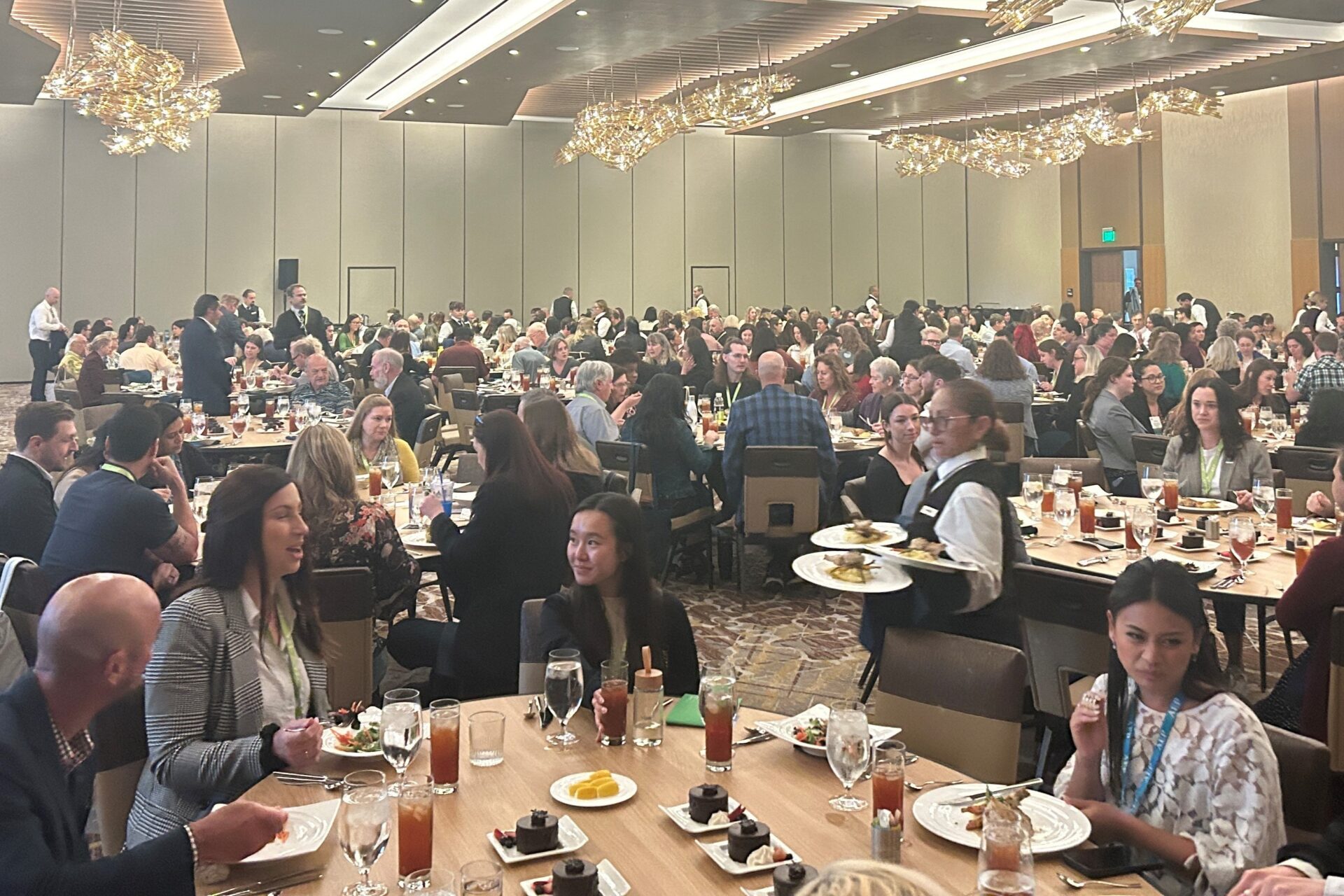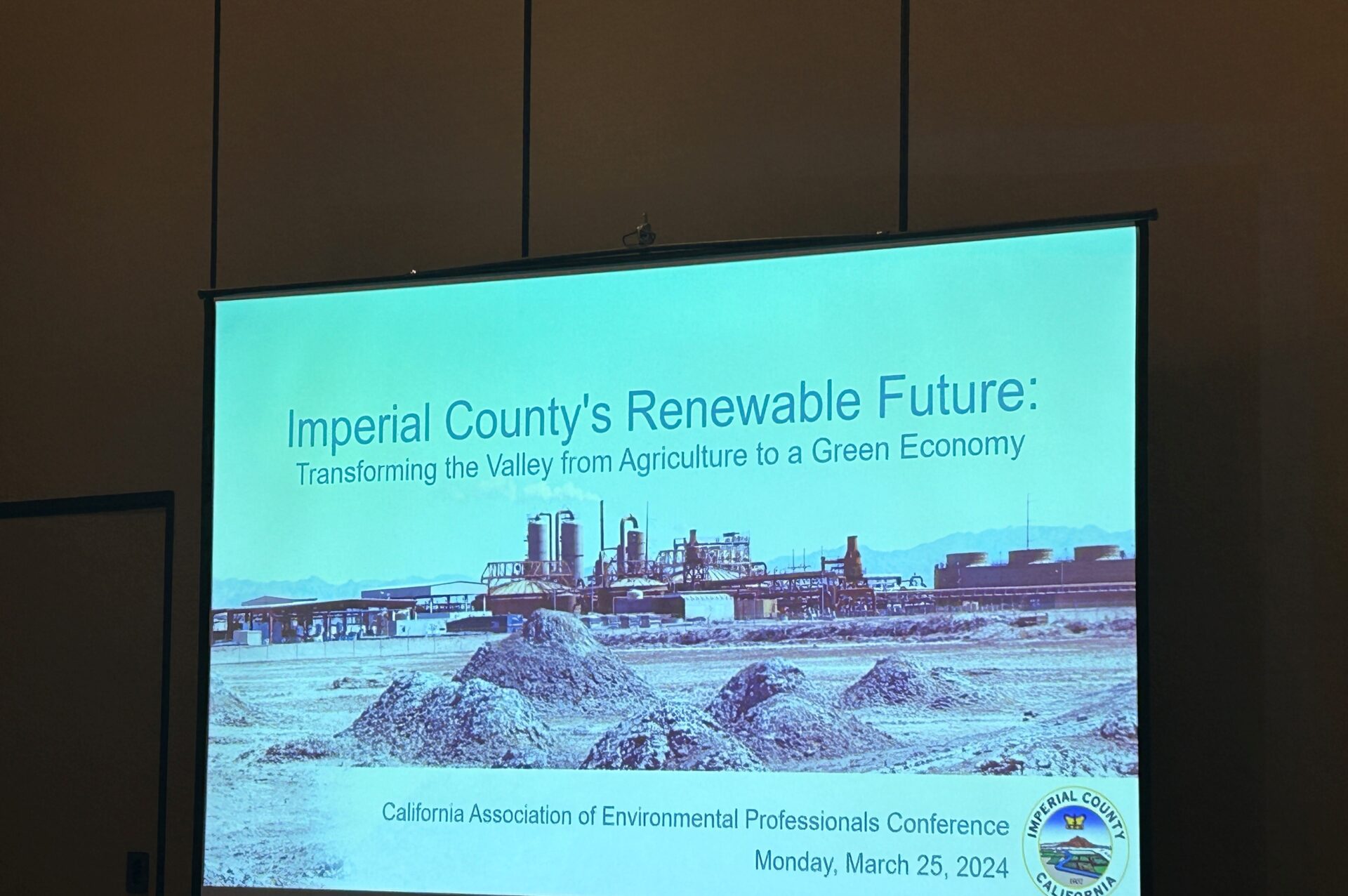Spend More Time Outside, It’s Good for You!
April 3, 2024Green Roofs: The Future of Infrastructure
April 9, 2024Spend More Time Outside, It’s Good for You!
April 3, 2024Green Roofs: The Future of Infrastructure
April 9, 2024April 4, 2024
AEP 2024 Conference
Author: Patrick Macpherson
This year I attended the California Association of Environmental Professionals (AEP) Conference in Anaheim for the first time, both as an attendee and as a representative for Great Ecology. As a member of AEP and Board Member for the San Diego Chapter, I had heard quite a bit about the conference from other members, so I had an idea of what to expect. Since I already had an idea of the workshops that would be offered, I was also excited to attend the ones that especially interested me: Planning for the Unexpected and Cutting the Green Tape; both of which addressed agency permitting and California Environmental Quality Act (CEQA).
However, for me, the highlight of the conference was a workshop: “Green Tape Gets a Snip: CEQA Compliance for Restoration Projects.” Thanks to changes in the regulatory environment from state leadership and the creation of the Restoration Projects Statewide Order and associated Program Environmental Impact Report (PEIR) restoration projects can now be streamlined to help facilitate the CEQA review and permitting process.
This workshop provided the various CEQA pathways for project approval along with approved Biological Opinions with US Fish and Wildlife Services and National Oceanic and Atmospheric Administration/National Marine Fisheries Service. The only limitation for utilizing PEIR is there must be a net increase in aquatic resource function, which can include:
-
Improvement to stream crossing and fish passage;
-
Removal of small dams, tide gates, flood gates, and legacy structures;
-
Bioengineered bank stabilization;
-
Restoration and enhancement of off-channel and side-channel habitat;
-
Water conservation projects;
-
Floodplain restoration;
-
Removal or remediation of pilings and other in-water structures;
-
Removal of nonnative terrestrial and aquatic invasive species and revegetation with native plants;
-
Establishment, restoration, and enhancement of tidal, subtidal, and freshwater wetlands; and
-
Establishment, restoration, and enhancement of stream and riparian habitat and upslope watershed sites.
With all these potential project types and streamlined permitted process, restoration projects can be completed faster than before and for a lower cost. Additionally, upland habitat restoration can benefit from these permitting processes, however these projects would not be able to utilize PEIR.
Great Ecology looks forward to preparing you and your restoration project for the permitting and implementation process—and will help you navigate every step of the way.







